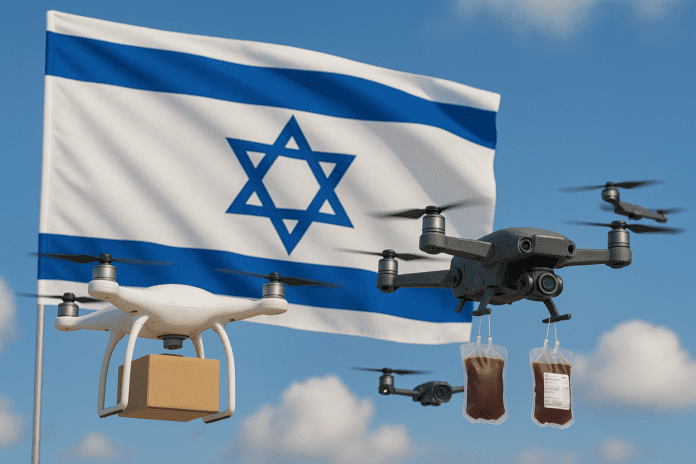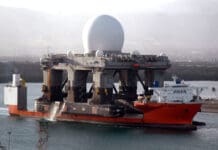This post is also available in:
 עברית (Hebrew)
עברית (Hebrew)
Israel’s National Drone Initiative has entered a new stage aimed at testing the continuous operation of drone systems in real-world environments — moving beyond isolated test flights to simulate an operational market in which unmanned aircraft operate routinely within the national airspace.
The main challenge the program has faced so far is managing dense aerial traffic in environments where manned and unmanned aircraft share the same airspace. Added to that are communication reliability, cybersecurity, and technological resilience under changing conditions. The new phase is designed to examine how safe and uninterrupted operations can be ensured, where management, regulation, and communication systems work together in real time.
From a security standpoint, the program provides a rare opportunity to test capabilities that could later be applied in defense and homeland security systems. Drones, similar to those now being tested for civilian use could, in the future, support early fire detection, border surveillance, protection of sensitive facilities, and real-time monitoring during security incidents. The combination of automated management, secure communications, and decentralized data processing creates a technological foundation that can serve not only commercial entities but also security agencies.
Upcoming tests will explore a variety of use cases: hospitals will examine drone delivery of medical samples and life-saving equipment to shorten response times and improve accessibility in peripheral areas; cities will test drones for area monitoring, municipal oversight, and real-time alerting; and in logistics, fixed routes will be tested for parcel and food delivery, including operations near active airfields and secured facilities.
The drones will be required to cope with GPS disruptions, communication interference, and challenging weather conditions. Artificial intelligence systems will detect anomalies in real time, analyze flight patterns, and coordinate fleets of dozens of drones operating simultaneously. In addition, systems for detecting and identifying unauthorized drones are being tested — a critical issue for both civilian and security environments.
The goal of this phase is to develop a full operational understanding of how to deploy and manage a diverse drone fleet in dynamic conditions, maintaining high safety standards and clear task separation between different operators. The findings will form the foundation for designing a future national infrastructure for aerial traffic management — both civilian and security-oriented.


























